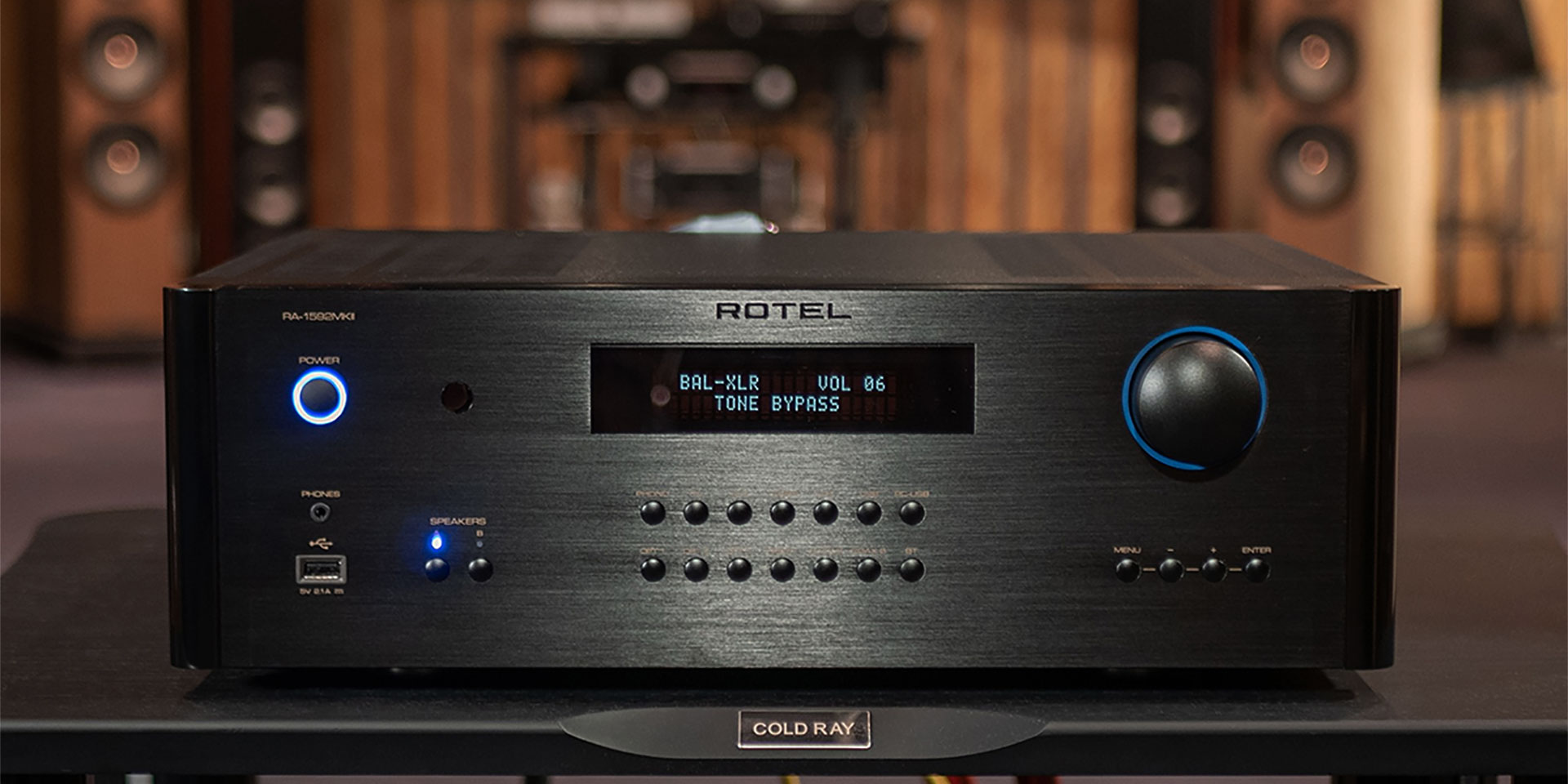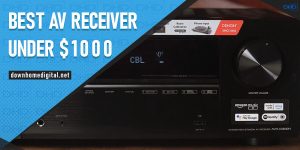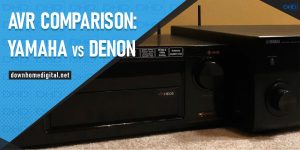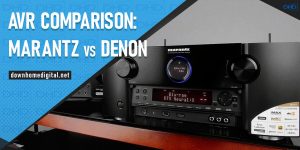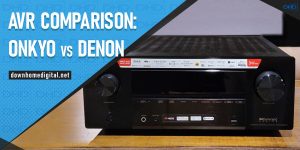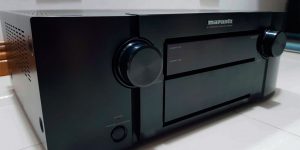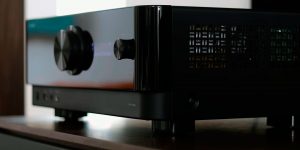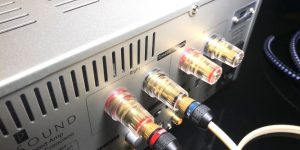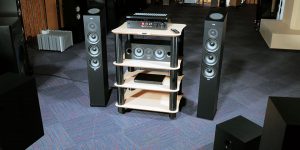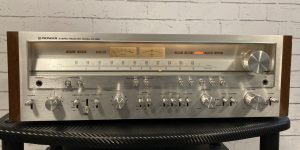Anyone, even the most inexperienced music lover, knows that high-quality audio technology can turn listening to music or watching a movie into something more than just a leisure activity. Excellent sound with an immersive effect easily transports the person into the magical world of a movie or a concert of their favorite artist or band.
In this article, we will help you understand slightly confusing terminology in audio technic and get AV receiver and amplifier power ratings explained. After reading, you can easily choose a new device that will suit you best.
Amplifier’s the main power specifications
The power of modern receivers starts from 20-40 watts per channel and can reach several hundred watts, which, together with powerful acoustics, is enough for sounding even the largest rooms.
So how to choose the amplifier’s power rating precisely for your needs? Everyone who thinks about how many watts per channel do I need will get the answer in our review. We will also look at the main characteristics of amplifiers and help you make the right choice.
Understanding of the amplifier power
Watts per channel explained
First, we need to figure out what watts per channel means. This figure shows the device’s nominal power to transmit to the speaker when connecting only one speaker to each output channel.
The volume of the receiver depends on the nominal power. So, the louder sound you want to get, the more watts per channel you need to have in your amplifier.
Is a 100-watt amplifier twice as loud as a 50-watt amplifier?
Do higher watts mean more power? Yes, but this dependence is far from straightforward.
Doubling the power by two times from 50 to 100 watts will increase the loudness of only a few decibels. Therefore, do not reiterate the importance of power rating in amplifier specifications. In practice, the results may be somewhat different.
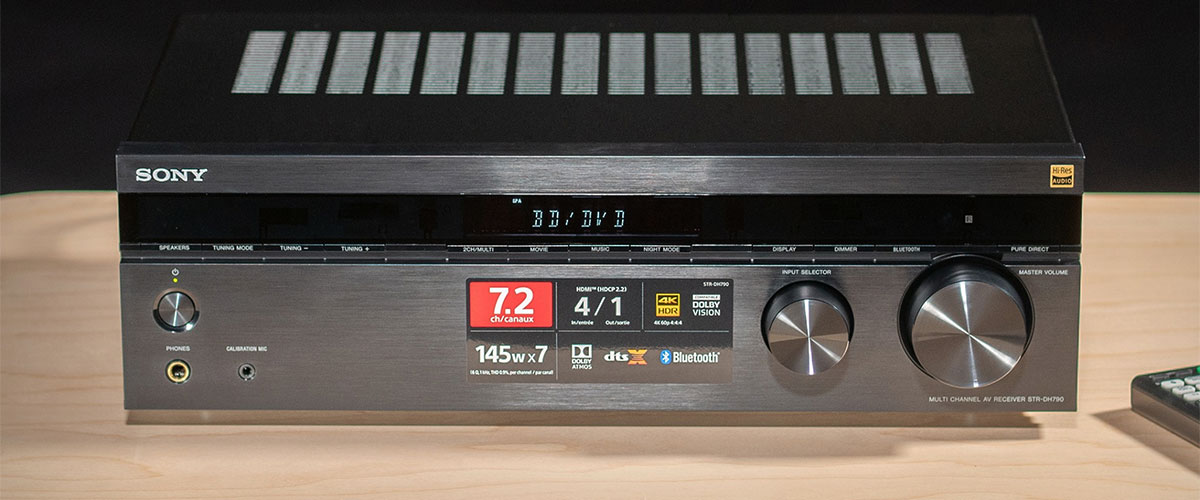
How much amplifier power do I need
There are several factors to consider when answering this question:
- The size of the room where you plan to use the audio system – the larger is the room, the more power you will need, and to use the system outdoors, you will need maximum power.
- The quality of speakers – all speakers have a specified power range. Exceeding it will not only degrade the sound quality, but this may also damage them.
- The type of music you listen to – for example, if you like loud, uncompressed music and your speakers have 90dB effectiveness, 200 watts will be your choice. On the other hand, for listening to classical music and jazz, 50 watts will be just right.
For example, if you like loud, uncompressed music and your speakers have 90dB effectiveness, 200 watts will be your choice. On the other hand, for listening to classical music and jazz, 50 watts will be just right.
Continuous power explained
This indicator shows whether the amplifier will continuously output its full power. The nominal power of 200 watts per channel does not mean that this device can sustain it for a long time.
To check this indicator, you should pay attention to RMS or FTC value in the specification.
Check power rating for 2-channel drive
The power rating for 2-channel drive – this is what reflects the real power of the amplifier for stereo and multichannel systems.
The indicated power for one channel will always be higher than in natural conditions with several channels. Therefore, the power rating for 2-channel drives is something you should pay attention to when buying a receiver.
The impedance explained
Impedance is another essential factor when choosing an amplifier. It is measured in ohms and shows a measure of the electrical resistance of your devices. What do you need to know about this indicator without delving into the complex technical jungle?
Firstly, you cannot compare two amplifiers designed for different loads. So, for example, if one of them has an impedance of 6 ohms in the specification and the other has 10, then the power of these devices will be incomparable.
Secondly, you need to understand why we need this indicator. It shows the capacity of the amplifier and speakers you have selected. You can always find this data in the amplifier and speaker specifications. Compare them, and you will immediately understand whether these devices fit together.
Standard impedance for amplifiers ranges from 6-12 ohms for speakers 4-8 ohms. You can always find this data in the amplifier and speaker specifications. Compare them, and you will immediately understand whether these devices fit together.
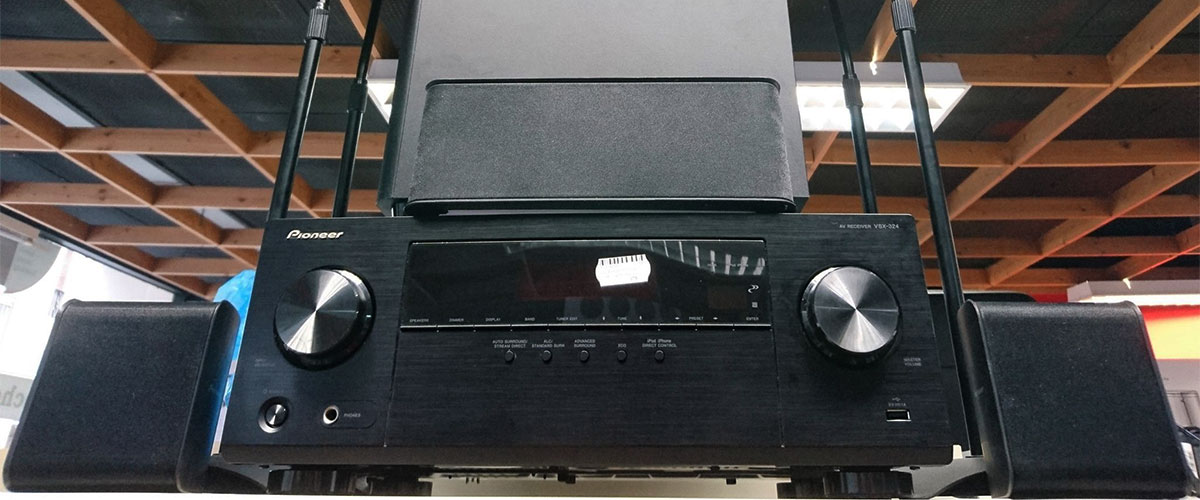
Compatibility advice on your amplifier and speakers
The basic idea is that the nominal impedance of the amplifier and the speakers should ideally be the same.
With all this, it is possible to connect speakers with a higher impedance (for example, 10 ohms) to an amplifier with a lower impedance (6-8 ohms). This will almost always ensure the safe operation of both devices. However, it is not worth acting in the opposite direction – connect speakers with a low nominal impedance to an amplifier with a higher one.
You can also find the compatibility clause in the specifications of many modern amplifiers and immediately understand which speakers are right for you.
The frequency range explained
Frequency range is the defining characteristic to understand the real power of the device at the specified rating.
You can see many numbers for the amplifier’s power output in the spec sheet, but when measured at limited frequencies, they will not give us the complete picture. Such figures will show significantly more power than the average output power of the device.
The power measurement across the entire audio spectrum is also worth looking at. This range is 20 hertz to 20 kilohertz.
Also, you should remember that when comparing the power of 2 amplifiers, you should only take data measured in the same frequency range. Otherwise, this comparison will not make any sense.
THD (Total Harmonic Distortion)
Power and volume are important indicators of the quality of an amplifier, but the level of sound distortion should not be neglected either. If we get distorted sound at the output at the specified power, then why do we need such an amplifier?
For good sound quality, it is better to use a less powerful amplifier with low distortion than a more powerful one with significant distortion.
THD (Total Harmonic Distortion) – the indicator that shows the level of sound distortion. As with comparing other indicators, it is also vital to compare THD only to amplifiers with the same power to understand the whole picture.
For example, there are two amplifiers with a power of 100 watts. One of them claimed 1% THD, the other – 0.1%. Without a doubt, the best choice will be the one with the lower THD indicator.
Anything less than 1% is considered an acceptable THD rating. For most audiophile devices, it will be about 0.02-0.03%. But if you see this indicator value of 10% in the specification, you should know that such a device is not worth buying.
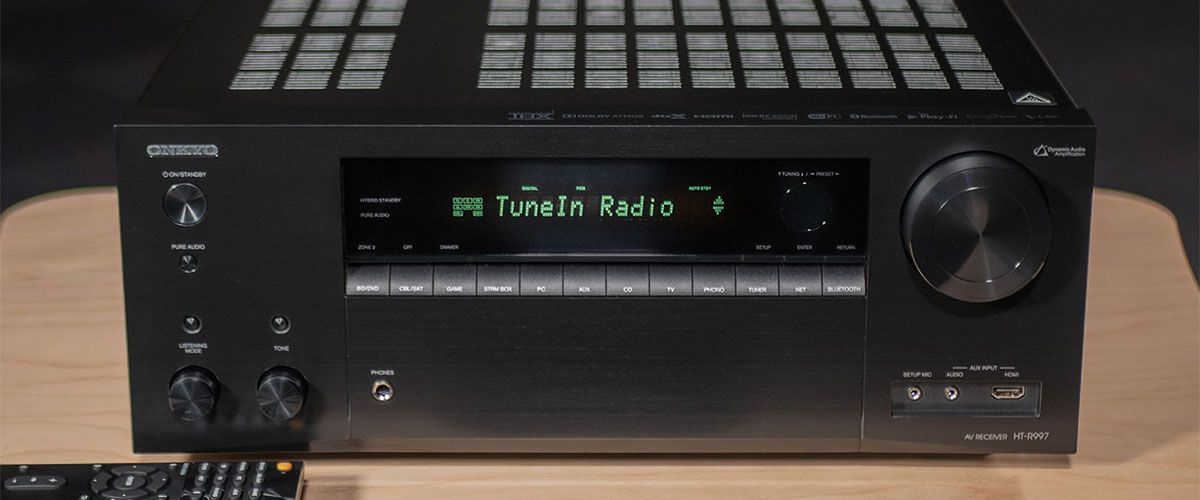
Signal-to-noise ratio explained
The signal-to-noise ratio(S/N) is another indicator that directly affects the quality of the amplifier. In the specification, it is expressed in decibels and indicates the ratio of sound to background noise.
The higher this number is, the better the sound quality you will get because the desired sounds will be highlighted from background noise and acoustic effects.
Final thoughts
To summarize, we will highlight the key points that must be taken into account when choosing a quality amplifier:
- When comparing several amplifier models, it is always worth comparing only equivalent values (rated power only with the same power, and so on) to get the correct result.
- Watts per channel is not always a key indicator. You should approach the analysis comprehensively and consider such factors as impedance, THD, continuous power, and others.
- A powerful amplifier is not always the right decision. A model with a power of up to 100 watts is suitable for small rooms.
- Compatibility is a very significant consideration when buying an amplifier and speakers. Remember to compare the impedance of both devices.
- The specs from the spec sheet are undoubtedly important, but it’s always best to rely on your feelings. If you have the opportunity to test the sound before purchasing, be sure to do so.

